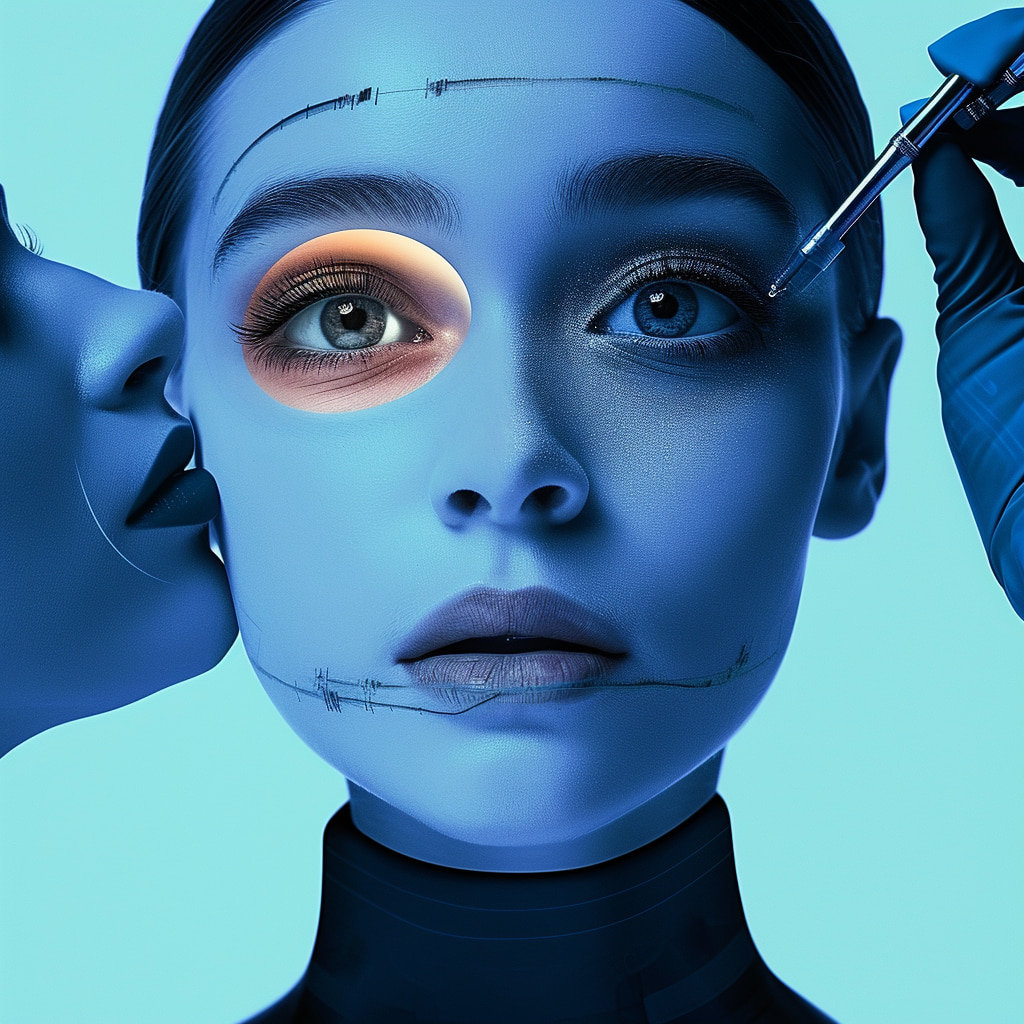Over 12,000 parents have signed an online petition urging TikTok to implement clearer labeling for artificial intelligence (AI)-generated influencers, expressing concerns about the potential impact on children and teenagers. The petition, addressed to TikTok CEO Shou Zi Chew, is sponsored by the nonprofit organization ParentsTogether, which advocates for online safety for children.
Growing Worries Over Unrealistic Beauty Standards and Body Dysmorphia
Parents voice apprehension that AI influencers, showcasing AI-perfected faces and bodies, may contribute to unrealistic beauty standards and body dysmorphia among young viewers. Despite the existence of “virtual influencers” for years, the recent surge in generative AI technology has heightened the challenge for users, particularly children, in distinguishing between real and artificial content.
TikTok’s response and parent advocacy
TikTok, in response to the concerns, has implemented measures requiring creators to label all realistic AI-generated content. However, ParentsTogether argues that this is insufficient for consistent identification. The organization’s campaign director, Shelby Knox, contends that many AI-generated videos on TikTok remain unlabeled, making it difficult for viewers to discern whether they are watching content created by an AI.
TikTok’s spokesperson acknowledged the platform’s commitment to safety and creativity. While welcoming the creativity AI unlocks, TikTok recognizes the risks associated with opaque AI usage. The spokesperson mentioned proactive efforts to build safety features to balance creativity with viewer protection. TikTok also emphasized its prohibition of content promoting disordered eating or dangerous weight loss behaviors.
Inadequate labeling and the call for responsibility
ParentsTogether emphasizes the need for TikTok to take a more active role in consistently and visibly labeling AI-generated accounts and videos. Virtual influencers often include notes in their bios indicating their virtual nature, but the content itself may lack explicit identification as AI-generated. Hashtags like “#aiinfluencer” are sometimes buried within video descriptions, further complicating the distinction for viewers.
Knox expressed concern that the average child might not grasp the industry terminology behind “virtual influencer” and urged TikTok to address the issue to curb the potential negative impacts on its user base. The organization contends that TikTok, as a platform facilitating the monetization of virtual influencers, bears a responsibility to ensure transparent labeling to contribute to a safer online culture.
TikTok’s actions and continued challenges
In response to the ParentsTogether advisory, TikTok reported the removal of three flagged accounts. The platform maintains a stance against content that promotes disordered eating or dangerous weight loss behaviors. Despite these actions, concerns persist regarding the efficacy of the labeling system and the potential impact on young users who may unknowingly engage with AI-generated content.
Striking a balance between creativity and transparency
As the debate over AI-generated influencers on TikTok intensifies, the platform finds itself at the intersection of creativity and safety concerns. Striking a balance between fostering innovative content and ensuring transparency regarding AI usage becomes crucial. The call from parents to enhance labeling practices reflects the growing awareness of the potential consequences of AI influencers on young minds.
From Zero to Web3 Pro: Your 90-Day Career Launch Plan
 TikTok
TikTok